In some ways, 2020 was the year crafting stopped being a simple hobby and became a lifeline. From the everyday citizens who chipped in to sew masks to those who built desks for school children working from home, many found ways to contribute to their communities during a difficult time. Others took up crafting for personal reasons, discovering that the process of creation helped combat the stress and anxiety of lockdowns. And some used their crafts to launch new businesses and plan for their futures.
Amid what many dubbed the “crafting boom,” Etsy more than doubled its revenue in 2020 to hit a record-breaking $1.7 billion. At one point, sewing machines were flying off the shelves so quickly that sellers scrambled to keep up. As DIY culture reshaped the way we create and consume products, commercial photographers adapted by organizing shoots that reflected our current times. They made portraits of artisans in the studio, and they shot documentary images of small business owners; they incorporated original crafts and celebrated the people who made them.
Below, we’ll cover just five crafting trends we expect to see continue through 2021, and share some tips for shooting them for your commercial stock photography portfolio.
Photographing crafting from start to finish
One of the benefits of shooting crafting lies in its versatility. By collaborating with crafters, you can document the everyday micro-moments that ring true to them, from shopping for supplies to actually making the work to finally packaging and shipping it to clients and customers. You can grab close-ups that show their hands in the process of creating, and you can step back for environmental portraits that show the whole context and scene in their studio. Look for ways to create authentic, in-the-moment photography of crafters in their element.
Depending on your subject, you might capture the hobbyist side of things (e.g., knitting on the couch, visiting a pottery studio) as well as the business of crafting (e.g., listing products online and fulfilling orders, or attending a market or fair). You can even incorporate the craft trend more subtly by featuring crafted props and wardrobe pieces (knit dresses, macramé wall hangings, colorful vases) in larger lifestyle or boho-style fashion shoots. Just remember to get a property release for any original artwork you feature (more on that later).
On-trend: Rug-making
If you’ve been on TikTok lately, you might have noticed a recent obsession with DIY rugs. Gen Zers, in particular, took up rug-making during quarantine, and many have used their newfound skills to launch marketable businesses. Videos of the rug-making process, featuring electric tufting guns, have gone massively viral. On TikTok, the hashtag #rugtiktok has nearly 450 million views; #rugmaking has more than 250 million.
Meanwhile, on Instagram, #TuftTheWorld, named for the online community of the same name, has more than 40,000 photos. And more people are joining the movement and trying their skills at rug-making. According to Tuftinggun.com, their sales grew by a whopping 648% in November and December of 2020 compared to the previous year.
On-trend: Pottery
From Seth Rogan to Brad Pitt, several celebrities have jumped onto the ceramics trend in the last year or two. This is a trend that’s been in the works for a while now; back in 2018, experts were reporting on record prices for ceramic works (a Hans Coper vase sold for £381,000), while events like Ceramic Art London witnessed a surge of visitors. Breakout artists gained hundreds of thousands of followers on Instagram. Rae Dunn became a pottery icon.
One reason for pottery’s growing popularity might be found in its tactile nature; in a digital world, ceramics inspire us to get back to basics. As more amateurs are signing up for classes and open studios, others are sharing hypnotic videos of the process itself, amassing countless “Likes” on social media. This movement is all about that handcrafted feel, so don’t be afraid to try it yourself; you can even get a pottery kit delivered to your home.
On-trend: Embroidery
Like pottery, embroidery has been trending since before COVID. As reported by the Financial Times in 2019, Stitch School in London noticed an uptick in young customers wanting to attend workshops, while the Royal School of Needlework also saw an increase in applications for embroidery classes. This year has only accelerated interest in the craft; during lockdowns, Hobbycraft saw a 545% increase in sales for cross-stitch kits. Meanwhile, eBay noticed a 65% boost in searches for embroidery hoops.
When shooting embroidery, you can also tie in other trending themes like upcycling and sustainability. With increased awareness around the dangers of fast fashion, more of us are giving old clothing a second life through embroidery. Think embroidered patches, fun details, and environmentally-friendly fabrics.
On-trend: Knitting
During a challenging year, writers for publications ranging from Vogue to The New York Times urged readers to take up knitting as a way of coping with stress, calming anxiety, and connecting with a larger community. Some people donated their knitted pieces to a good cause, and others made clothing for loved ones separated during lockdowns. Michelle Obama even knitted clothes for her family.
We Are Knitters, a brand specializing in sustainable supplies for knitters, told Vogue Business last year that beginner knitting kits soared in demand during lockdowns, with its 10% annual sales growth jumping to 235% globally in March and 270% in the United States. For beginners and experienced pros alike, the pandemic served as a reminder of the soothing power of knitting—and the joys of making something new.
On-trend: DIY/Home renovations
From home offices to outdoor gardens, homebound people found inspiring ways to jazz up their spaces during lockdowns. Some left the city amid the pandemic and built new homes, while others renovated and remodeled. With interest in renovations and DIY woodworking projects on the rise, lumber prices reached new heights, with sawmills barely able to keep up. Those prices have only recently started to come down.
Over a three-month period in 2020, the online marketplace Porch.com saw US Google searches for home improvement work go up nearly 50% from the same period the previous year. When they surveyed homeowners, they found that three in four had completed a major project since the start of the pandemic. As their chief economist told NPR in September, deck construction went up 275%, and fence construction installation rose 144%. Meanwhile, at Home Depot, sales for the second quarter in 2020 saw a 23.4% increase from 2019.
Whether you’re photographing a woodworker building a desk or a homeowner making renovations, always remember to make safety your first priority. Activities like stripping paint and sawing carry risks and require personal protective equipment, so it’s important to do your research and receive proper training before you start.
An important note on intellectual property
When photographing crafting for commercial purposes and advertising, it’s important to be wary of potential intellectual property issues. Artwork and patterns belong to their creators, so most crafts will require a property release before they’re accepted for commercial Licensing. When documenting a day-in-the-life of a crafter, remember to ask them to sign a property release as well as a model release, and you’re good to go.
If you’re photographing your own crafts, you can sign the release yourself. In some cases, there might be ways to avoid the need for a property release, including rendering the artwork itself unrecognizable. You can do this by using a shallow depth of field so it’s completely out of focus, or you can simply crop it out of your shots while framing your compositions.
In any case, it’s best to keep the piece itself as generic as possible. For example, rug patterns that mimic or replicate designs by popular brands or embroidery featuring trademarked characters would not be acceptable for commercial Licensing. That means no Spongebob or Disney characters and no brand logos. Remember that these images will be used for marketing purposes, so it’s best to keep your props simple and abstract.
Not on 500px yet? Click here to learn about Licensing with 500px.
The post Visualizing the crafting boom in commercial photography appeared first on 500px.
[NDN/ccn/comedia Links]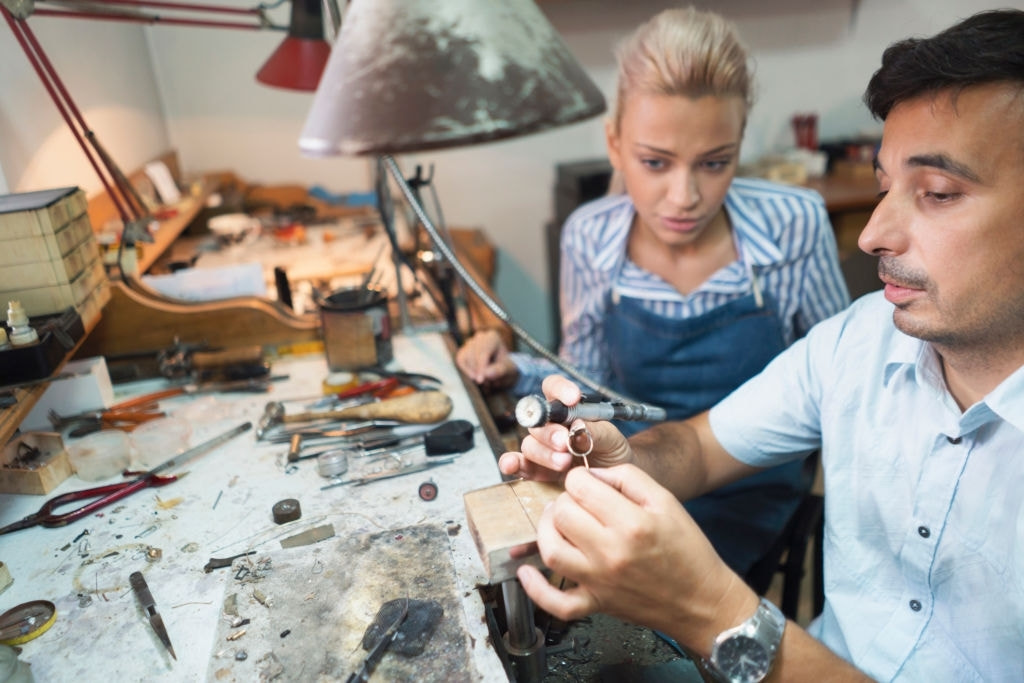

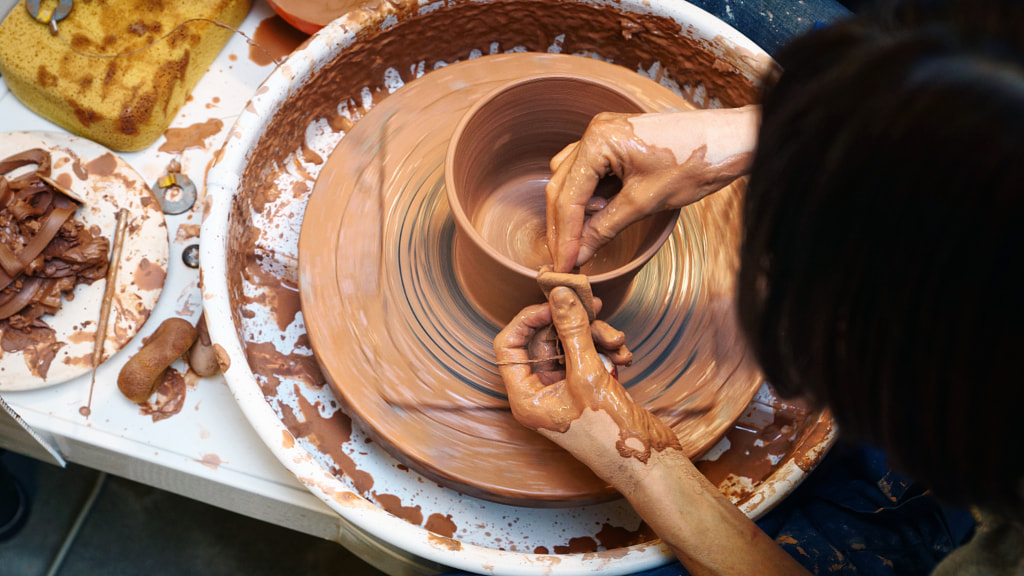
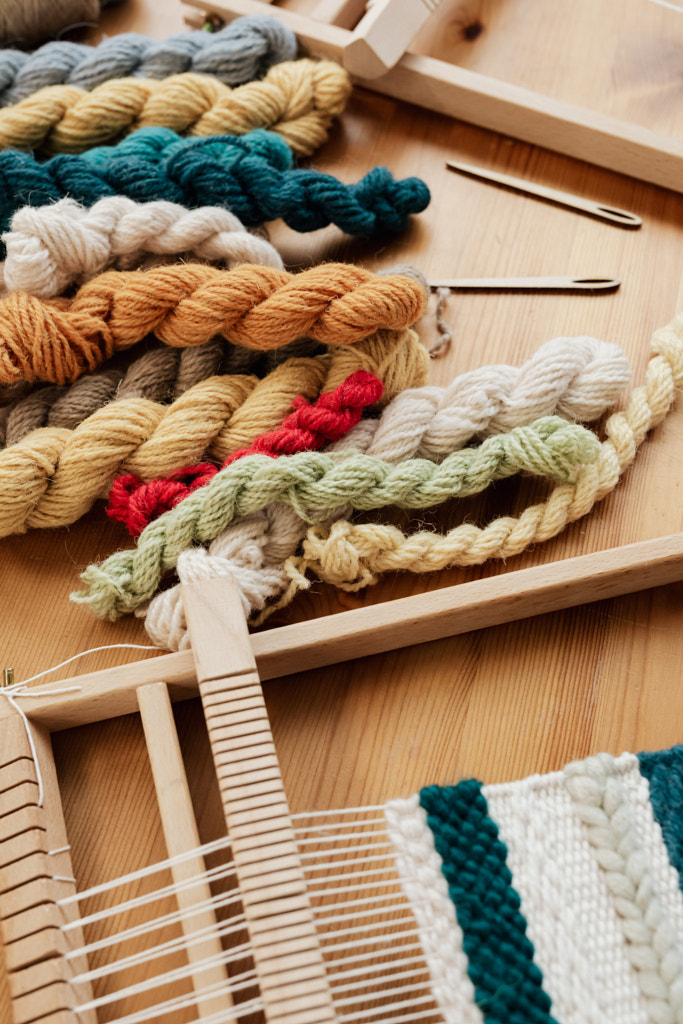

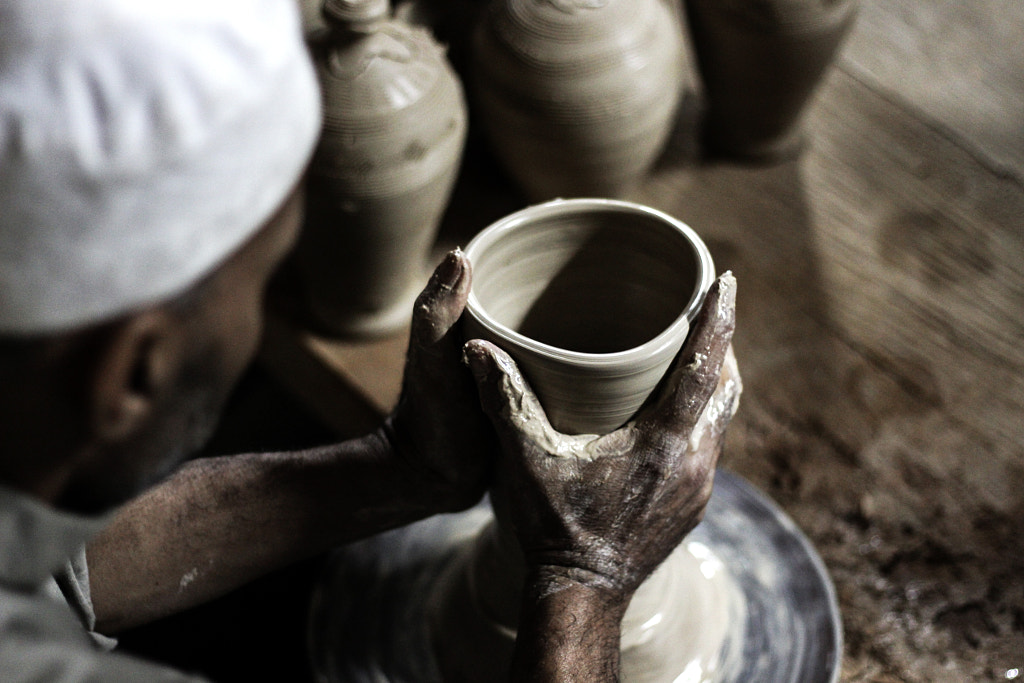
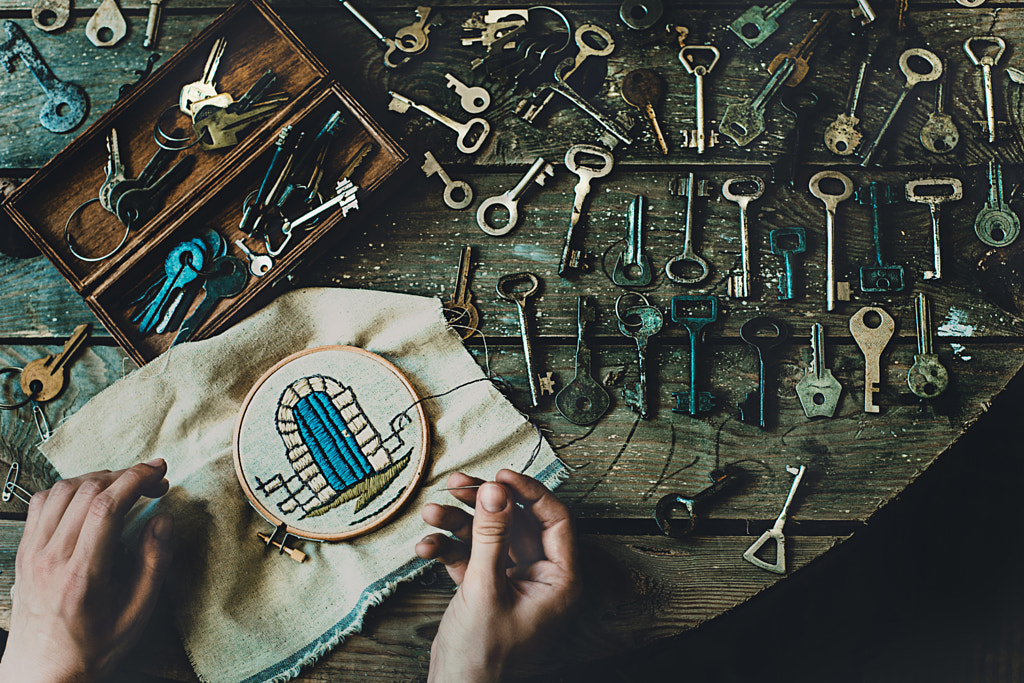
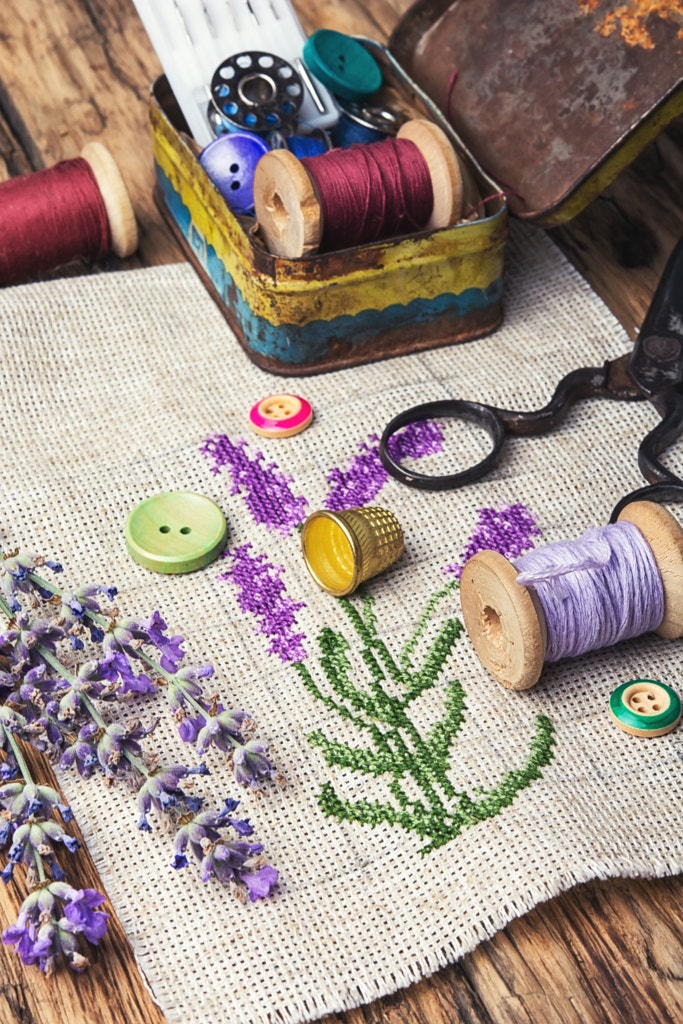
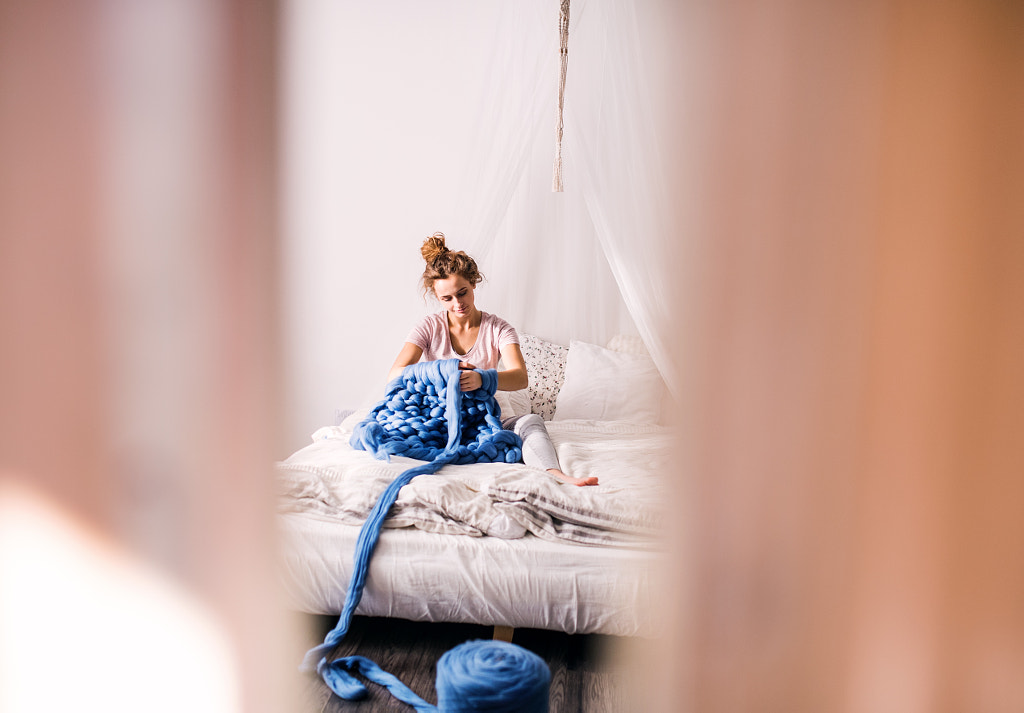
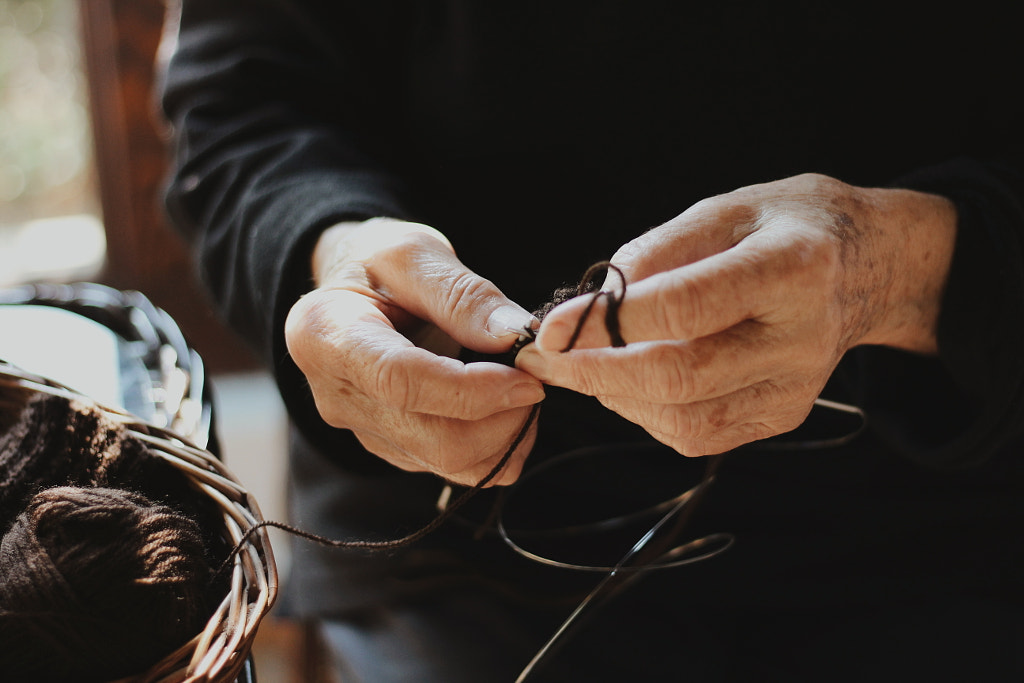
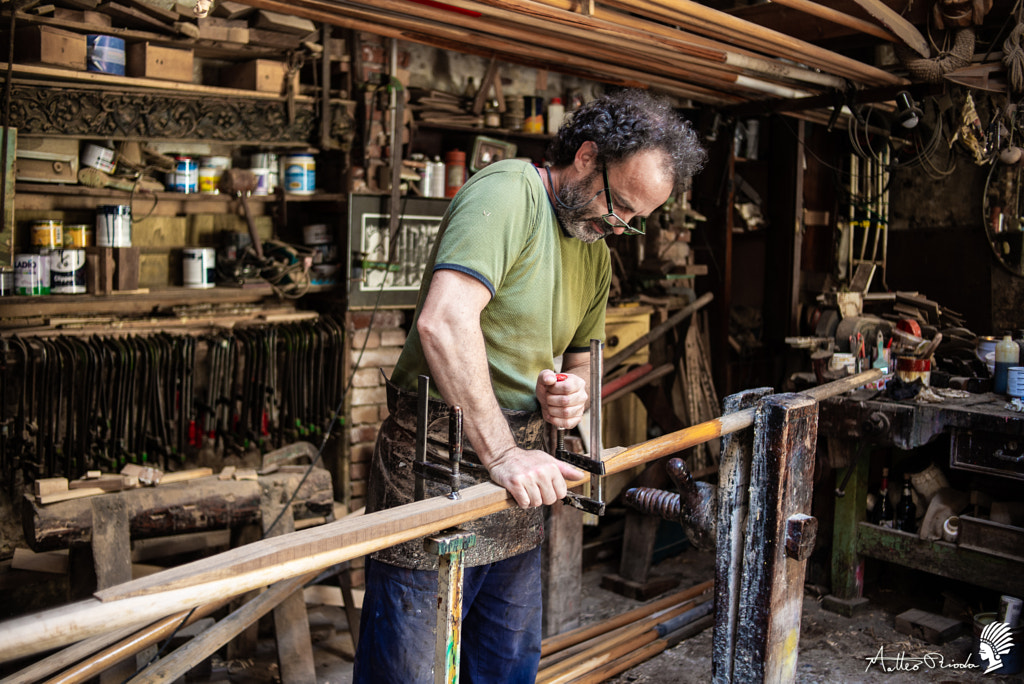
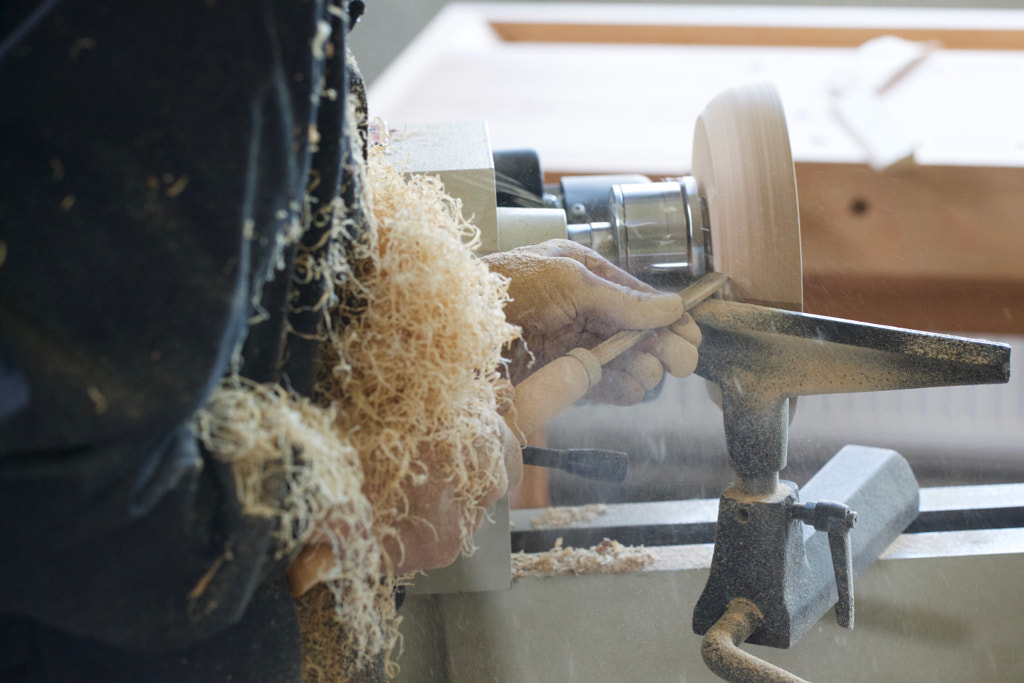
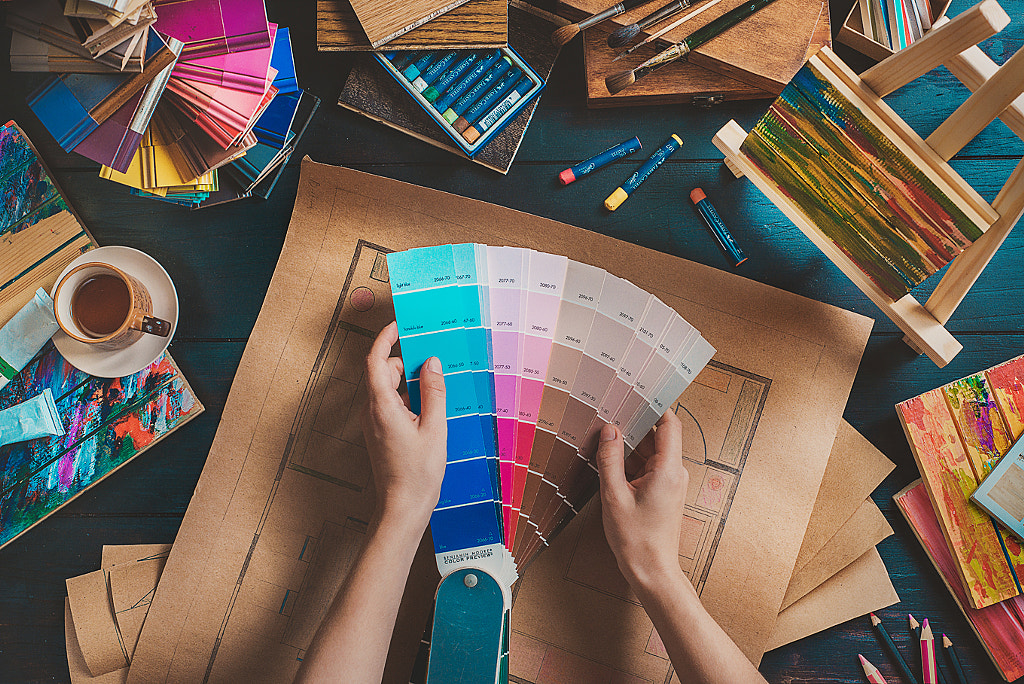
No comments:
Post a Comment